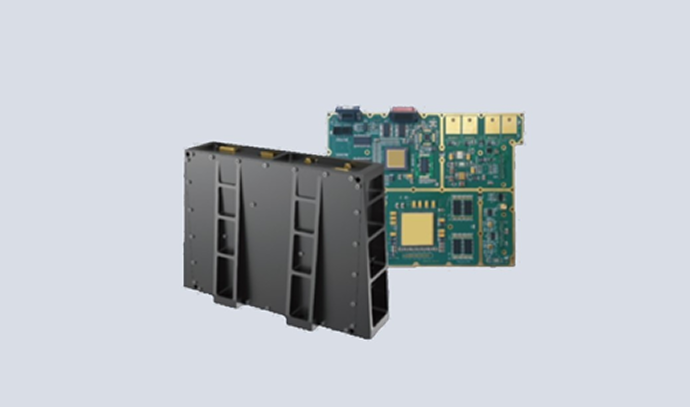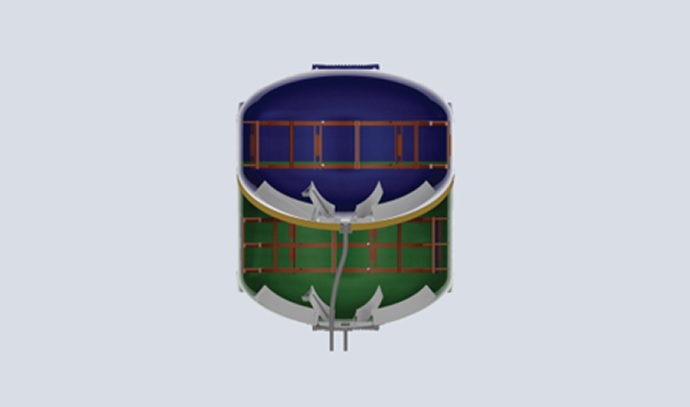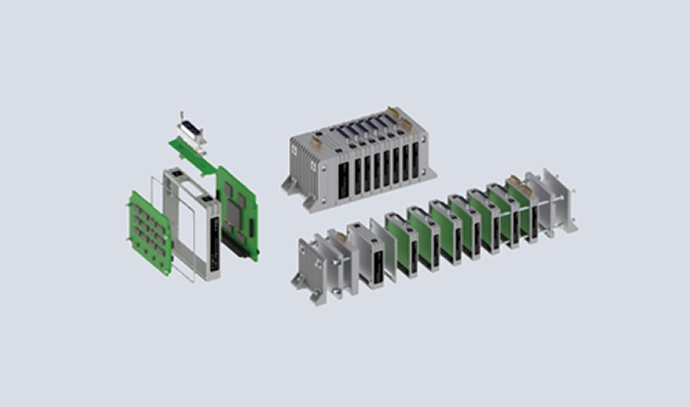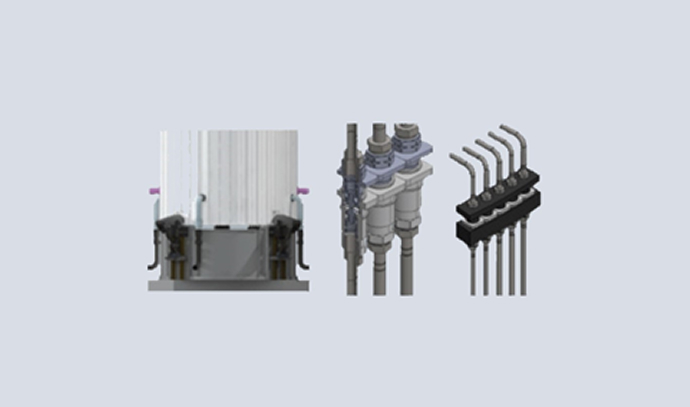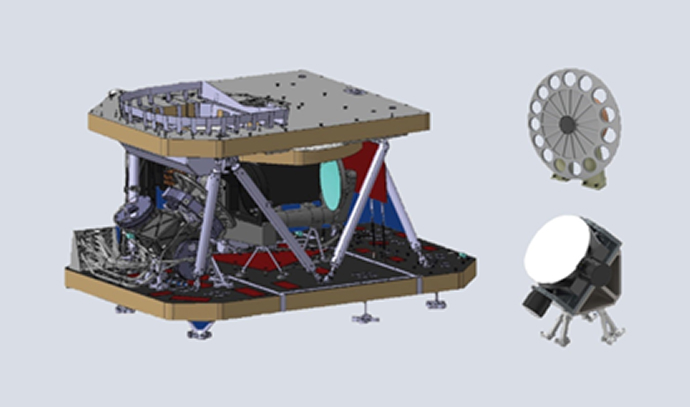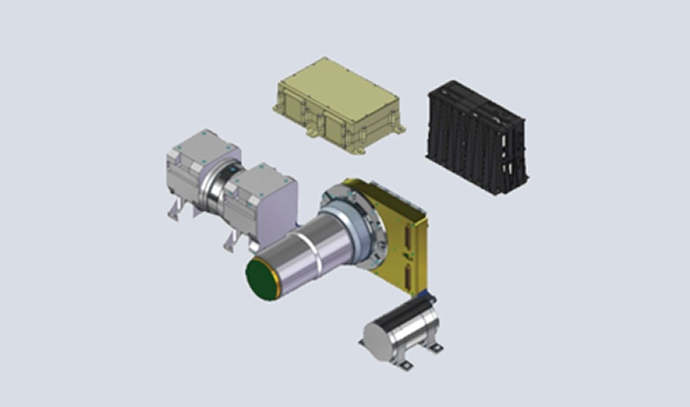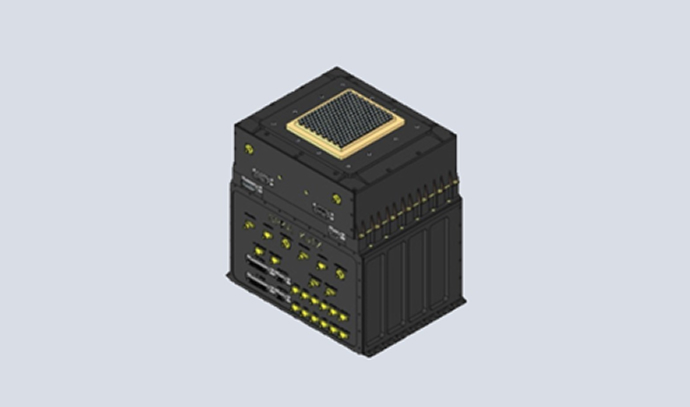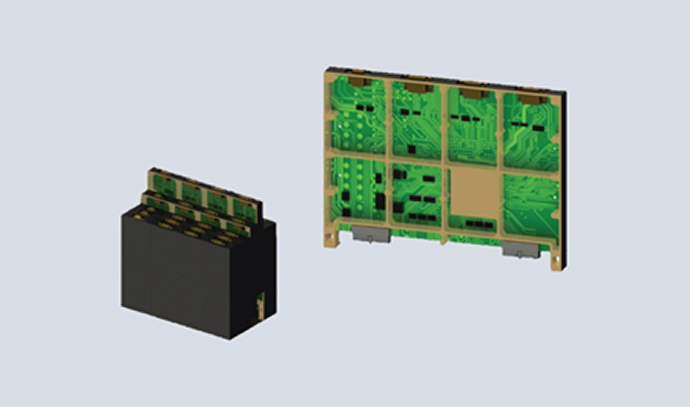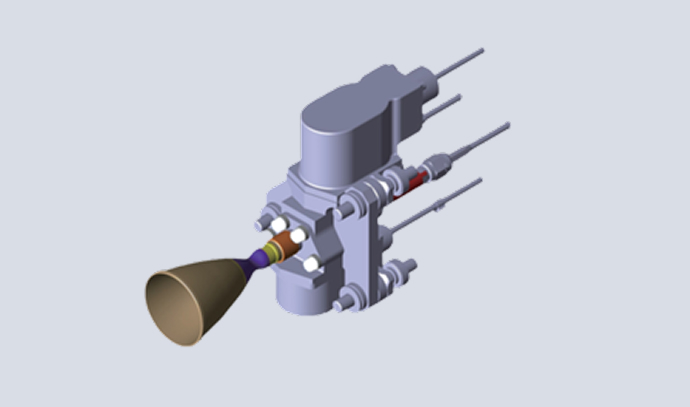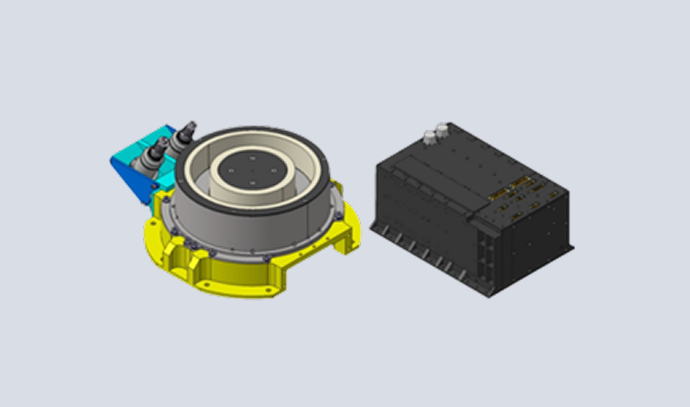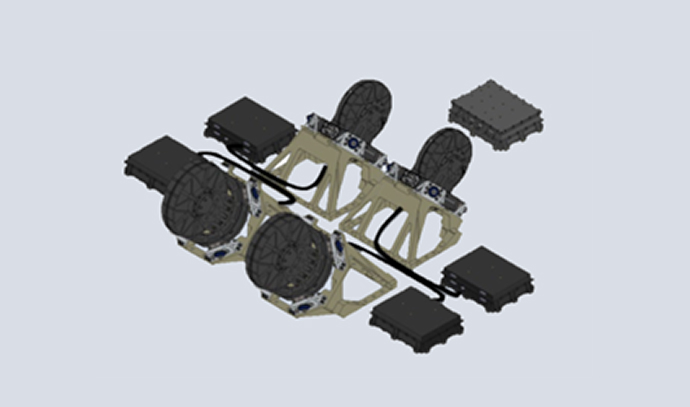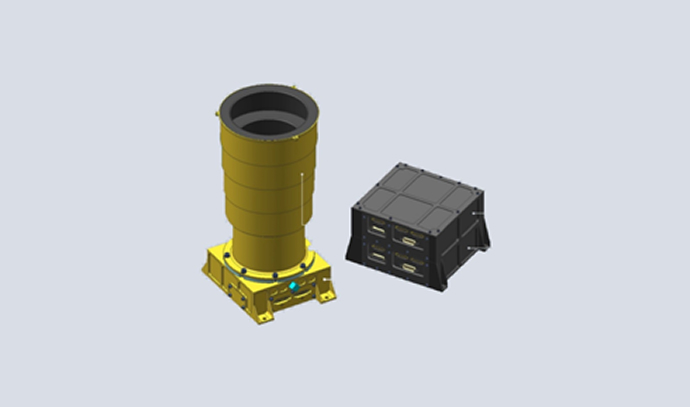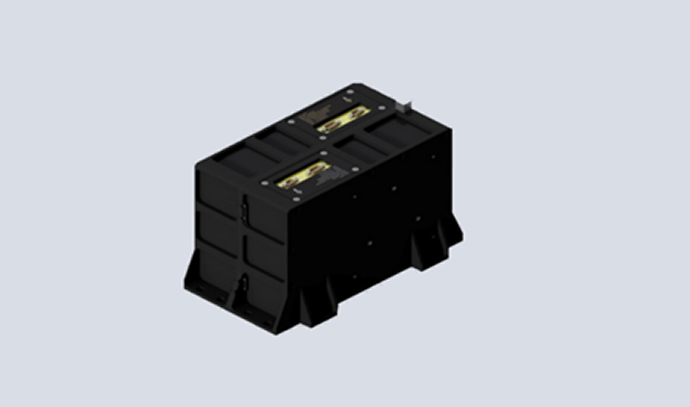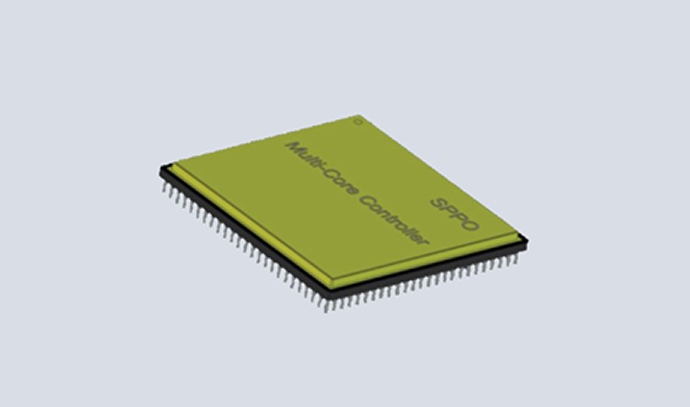- Project Period
March 2021 – December 2030
- Total Budget
KRW 211.5 billion
- Project Scope
Industry-led development of key technologies for launch vehicles, satellite buses, and satellite payloads
- Supervising Ministry
The Space Pioneer Program is a 10-year initiative (2021–2030) with a total budget of KRW 211.5 billion, supporting the development of 16 nationally prioritized space technologies—comprising 3 launch vehicle systems, 7 satellite buses, and 6 satellite payloads—through an industry-led consortia composed of academia, research institutes, and enterprises. Currently, 14 of the 16 technologies are under development at 51 institutions centered around 33 companies. This program is expected to significantly advance Korea’s national space capabilities by fostering domestic development of core technologies, expanding practical applications through demand-specific development, and creating a virtuous cycle in the space industry ecosystem.


